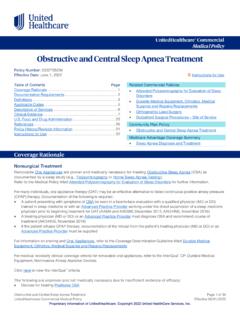Transcription of Obesity Hypoventilation Syndrome - American Thoracic …
1 American Thoracic SocietyPATIENT EDUCATION | INFORMATION AND COPYWhat is Obesity Hypoventilation Syndrome (OHS)?OHS is a breathing disorder seen in some people who are obese that leads to low oxygen levels and too much carbon dioxide in your blood. Low oxygen and high carbon dioxide levels may develop because of a condition called Hypoventilation . Hypoventilation means you are not moving enough air in and out of your lungs. With OHS, you may also have problems sleeping because of obstructive sleep apnea. The three main features of OHS are: Obesity daytime Hypoventilation sleep disordered breathing (such as obstructive sleep apnea) OHS has also been called Pickwickian Syndrome because a character described by the famous author Charles Dickens in his novel, The Posthumous Papers of the Pickwick Club,has similar OHS are the symptoms of OHS?The symptoms of OHS are usually caused by a lack of sleep and a lower than normal oxygen level in your blood.
2 Symptoms can include: Daytime sleepiness, lack of energy, breathlessness, headache, depression Nighttime loud and frequent snoring during sleep and/or breathing pauses when you stop breathing for short periods of timeThese may be concerning to your bed partner. Your bed partner may be the only one who sees or hears your nighttime is it important to know if I have Obesity Hypoventilation Syndrome ?It is important to know if you have OHS because OHS can be treated. If left untreated, OHS can be life threatening or result in the need to be in the hospital for serious complications. If left untreated, the lack of oxygen can put a strain on your heart. When treated, your symptoms may be reduced or relieved entirely. Treatment could improve your quality of life and decrease your chances of further complications due to untreated OHS. Do we know what causes OHS besides Obesity ?The cause (or causes) of OHS are not fully understood. OHS may be a combination of your brain being unable to correctly manage your breathing, excess fat producing hormones that cause you to breathe ineffectively, and the extra weight placed on your chest that makes it much more difficult for you to breathe normally.
3 How is OHS diagnosed?Your healthcare provider diagnoses your OHS by first taking a complete history of your symptoms, including your sleeping habits, checking your body mass index (BMI), measuring your oxygen and carbon dioxide levels . Your height and weight are used to calculate your BMI. A BMI of 30 or over is considered obese. An online calculator for BMI is available at Your oxygen and carbon dioxide levels are measured by taking a blood sample from your artery, usually your wrist. A pulse oximeter (a sensor lightly attached to the finger) can be used to get an estimate of the amount of oxygen (but not carbon Obesity Hypoventilation SyndromeObesity Hypoventilation Syndrome (OHS), can be a serious, but treatable, complication of being obese. Am J Respir Crit Care Med Vol. 189, P15-P16, 2014 Online version updated May 2021 ATS Patient Education Series 2014 American Thoracic SocietyAmerican Thoracic SocietyPATIENT EDUCATION | INFORMATION ) in the blood.
4 Pulse oximetry however is not as accurate as a blood sample from your chest x-ray and pulmonary function tests may be done to rule out any other causes of your breathing difficulty. Although not necessary to diagnose OHS, a sleep study is usually ordered (this is called polysomnography). If you are suspected to have OHS, you need to see if you have sleep apnea and how severe it is. In addition, the sleep study may be used to test levels of positive airway pressure (PAP) therapy to treat OSA and Hypoventilation during is OHS treated?Treatment for OHS will include weight loss and treating your sleep-related breathing disorder. Sometimes, weight loss alone corrects many of the symptoms and problems such as obstructive sleep apnea. Therefore, the first approach to treating your OHS is weight loss. Diet, exercise, and good sleep patterns are important to help with weight loss. Because OHS can cause serious health problems, sometimes surgery is needed ( gastric bypass surgery) to help with your weight loss.
5 To treat your sleep-related breathing disorder, you will probably need positive - airway pressure (PAP) support. The types of PAP support include Continuous PAP (CPAP) or noninvasive ventilation, most commonly in the form of Bi-level PAP (BPAP). Both are devices that deliver air to you through a mask that you wear anytime you are sleeping or napping. CPAP delivers air at a constant pressure both when you breathe in and when you breathe out. BPAP delivers higher pressures when you are breathing in, than when you are breathing out. Rarely, when OSA is severe, and not controlled with PAP, a tracheostomy (surgical hole in the neck) may be needed to ensure that your OSA is adequately treated. Research is being done to find medications to treat OHS. So far, no medications are recommended for the treatment of OHS. Authors: Vidya Krishnan MD, MHS and Pedro Genta MD Reviewers: Suzanne Lareau RN, MS, Bonnie Fahy, RN, MN, CNS, Maximiliano Kakazu, MD, Atul Malhotra MD, Babak Mokhlesi MD MSc, Helena Schotland, MD, Marianna Sockrider MD DrPHThis information is a public service of the American Thoracic Society.
6 The content is for educational purposes only. It should not be used as a substitute for the medical advice of one s healthcare More InformationAmerican Thoracic Society Breathlessness OSA PA P Pulse oximetry Sleep studies Weight loss and OSAN ational Heart, Lung and Blood Institute US National Library of Medicine Medline Plus Action Steps If you are obese and having symptoms of OHS, discuss this with your healthcare provider who may refer you to a sleep specialist. Weight loss alone may help your OHS, but your abnormal breathing pattern while sleeping must also be treated. If your bed partner notices you have pauses in your breathing, contact your healthcare Provider s Contact Number.
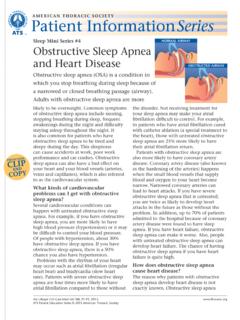
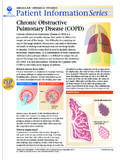
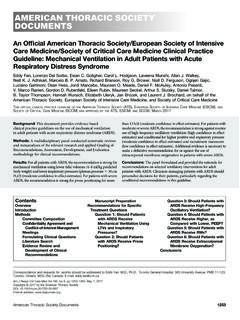

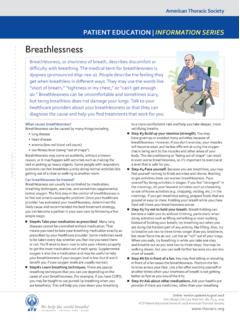
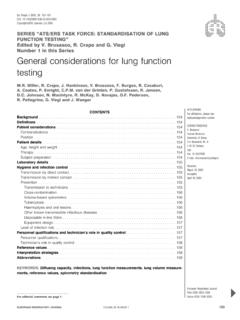
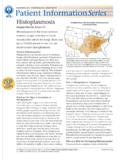
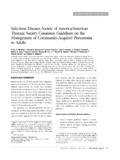
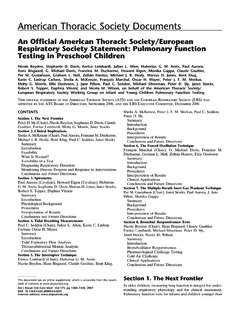
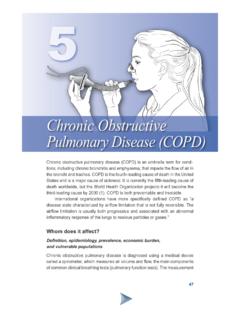
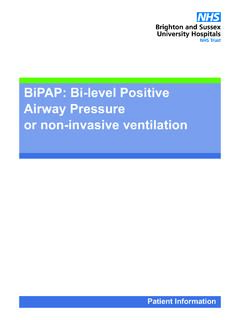
![Pneumonia (Ventilator-associated [VAP] and non-ventilator ...](/cache/preview/d/3/6/5/6/9/b/6/thumb-d36569b6dc8a7d8c6714d2f268ee79b7.jpg)
